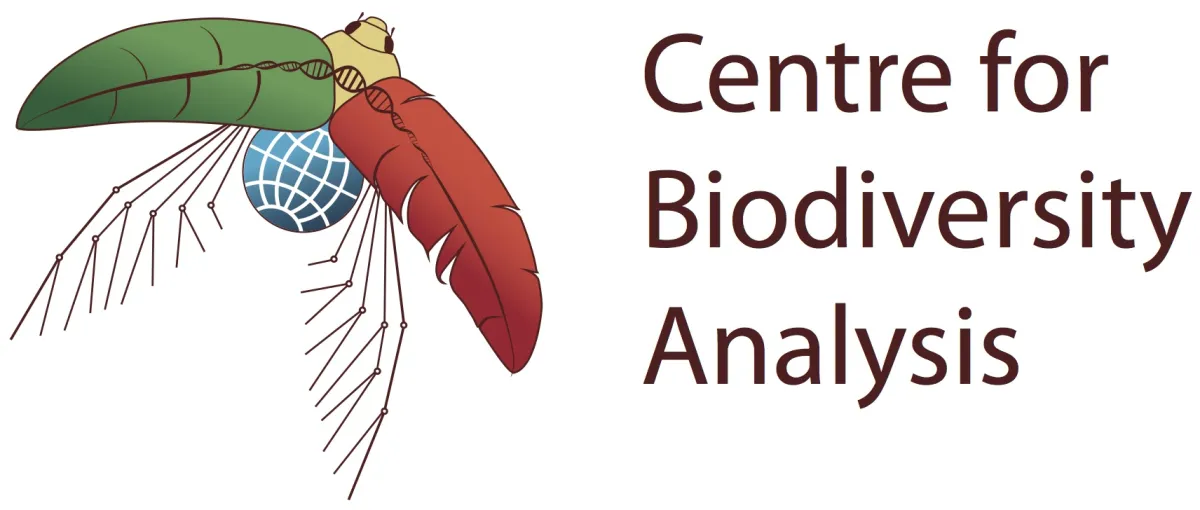Biodiversity Genomics
CBA has invited world-class researchers in this exciting and rapidly expanding field to participate in a conference and series of workshops on Biodiversity Genomics with the aim to expose the broad community of biodiversity scientists to these recent advances and their application to diverse organisms.
Event series
Cost
Conference registration
Registration includes talks, morning and afternoon teas and lunches and refreshments for welcome and poster sessions over 2-4 April and the conference dinner on the evening of 4 April.
- Full registration $150
- Student (full-time) $50
Limit 150 registrations. See Program for conference details.
Registration dates
31 Jan - 15 Mar 2013
Workshop registration
Morning tea / afternoon tea and lunch is not included for workshops however food and drink can be purchased at various nearby eateries on the ANU campus.
- Full registration $40 per workshop
- Student (full-time) $20 per workshop
Workshop 1 is limited to 35 registrations and Workshops 2, 3, 4 and 5 are limited to 50 registrations each. See Program for workshop details.
Content navigation
RegisterDescription

Recent advances in DNA sequencing and bioinformatics means it is now possible to expand detailed genomic analysis from a few ‘model species’ to a wide diversity of organisms and environments. However, much of this capability is very new and not yet fully exploited by ecologists and evolutionary biologists.
CBA has invited world-class researchers in this exciting and rapidly expanding field to participate in a conference and series of workshops on Biodiversity Genomics with the aim to expose the broad community of biodiversity scientists to these recent advances and their application to diverse organisms.
Invited speakers
- Keynote presentations: 60 min time slot (including question time)
- Other invited presentations: 30 min time slot (including question time)
Please submit your abstract electronically by 15 March 2013. Include title, author’s name, affiliation, address, email and website (if applicable). Abstract text 300 words maximum.
Please bring presentations on memory stick or CD/DVD.
Lightning talks & posters
We welcome non-invited speakers to present a 'lightning talk' accompanied by a poster.
The posters will be on display during the conference talks. Authors will also give a five minute (maximum) presentation, a 'lightning talk', about the research reported on their poster during one of the two lightning talk sessions (April 3 & 4). Lightning talks may be accompanied by up to five PowerPoint slides. Each session of lightning talks will be followed by a poster session where questions / comments may be addressed to the presenter.
Please submit your abstract electronically by 15 March 2013. Include title, author’s name, affiliation, address, email and website (if applicable). Abstract text 300 words maximum.
Please bring presentations on memory stick or CD/DVD.
Poster display boards where posters will be hung are 1200mm wide x 1800mm tall. Attachment to display boards: “Velcro” / hook and hook-and-loop fastener – please bring the “hook” part stuck to your poster so that it can be attached to the poster display boards.
Useful sites on how to use a poster to effectively communicate your science include:
Location
Various locations ANU and CSIRO | Canberra
View map
